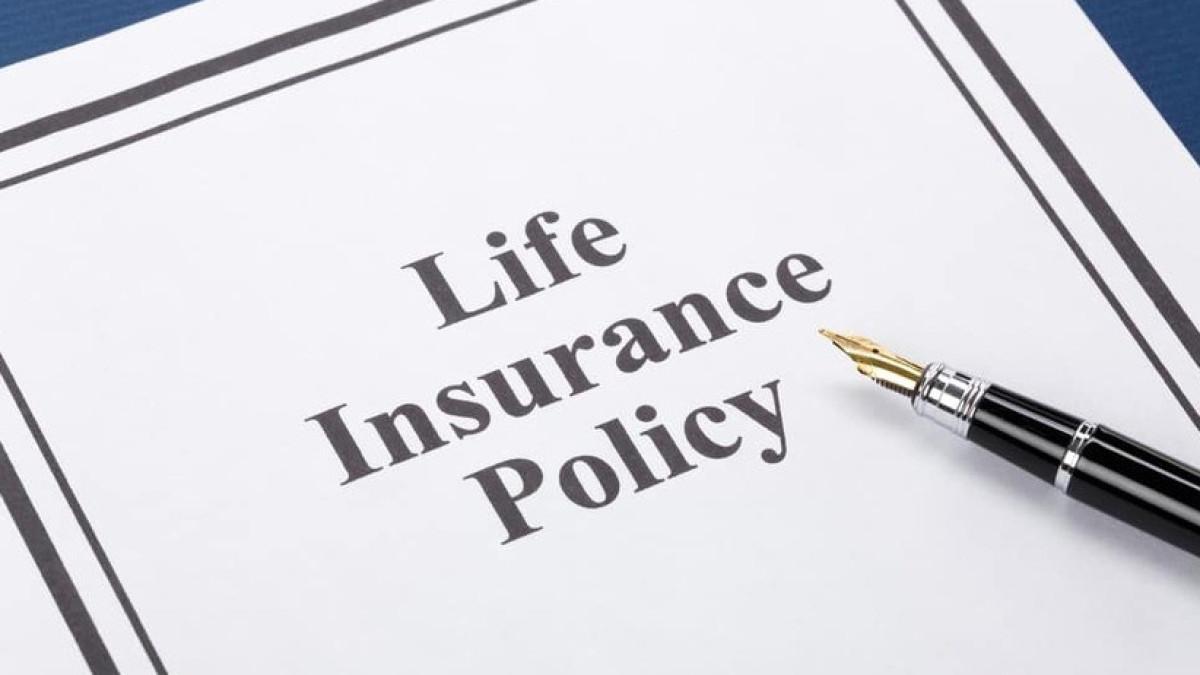Starting in 2020, VA loan limits were eliminated for active-duty military and veterans who have full VA loan entitlement.
However, loan limits still apply to mortgage applicants who have defaulted on a VA loan or have other active VA loans.
What are VA loan limits?
VA loan limits are the highest-value loans the Department of Veterans Affairs is allowed to guarantee without your making a down payment.
The limits match those set by the Federal Housing Finance Agency on conforming loans. They do not cap the amount you can borrow; they set the maximum you can finance for no money down.
VA loan limits eliminated for many borrowers
The Blue Water Navy Vietnam Veterans Act of 2019 eliminated VA loan limits, starting Jan. 1, 2020, for veterans and service members with full entitlement to VA loans. The law, which also increased the VA funding fee, will provide disability benefits for more veterans exposed to Agent Orange during the Vietnam War.
When do VA loan limits apply?
Service members and veterans who have one or more active VA loans, or who have defaulted on a VA loan, will still be subject to loan limits.
For a single-family residence in a typical U.S. county, the limit in 2023 is $726,200. That’s the maximum a VA loan borrower subject to the limit can finance for no money down in those counties.
Higher limits are established in high-cost areas, such as Honolulu, New York and San Francisco counties, where the one-unit residential limit in 2023 is $1,089,300.
2023 VA county loan limits
See the VA loan limit in your county, for borrowers to whom limits still apply.
VA loan limits don’t restrict how much you can borrow
If you're subject to VA loan limits and have found a property you really love — and can afford — you can still get a VA loan if it's over the county limit. It’s just a matter of coming up with a down payment. The required down payment will be subject to a formula based on your entitlement and home price.





